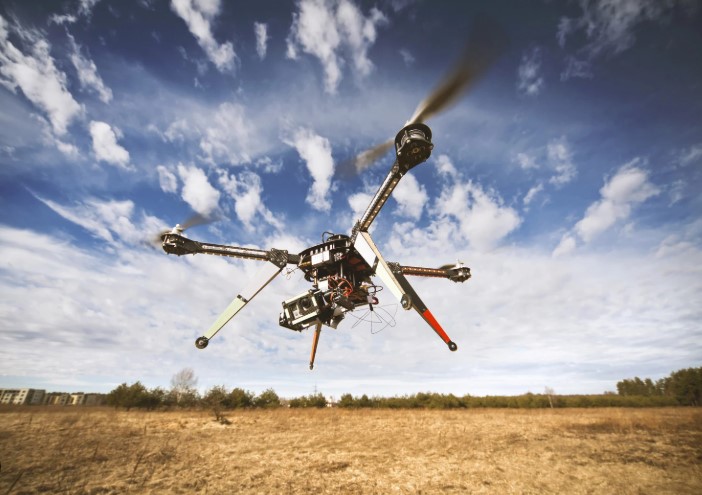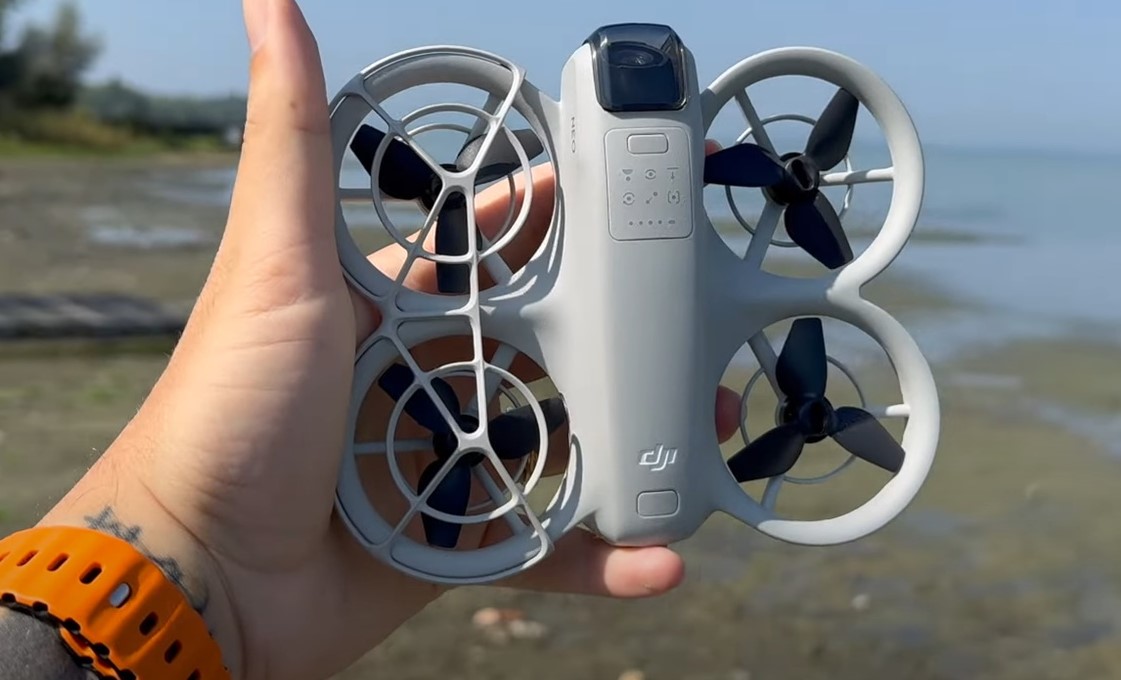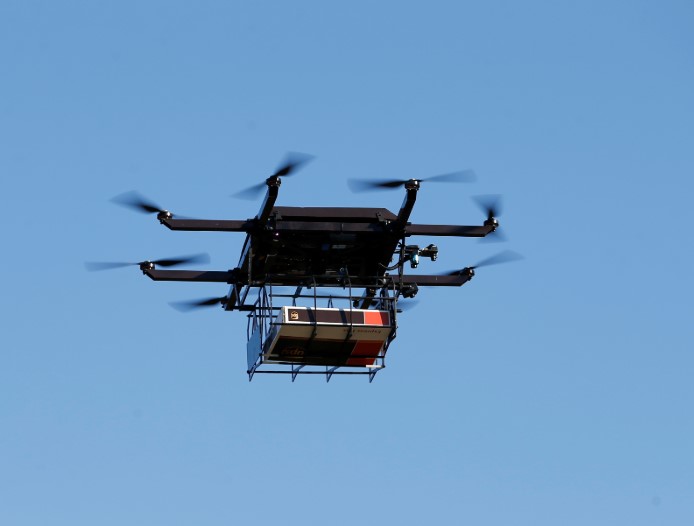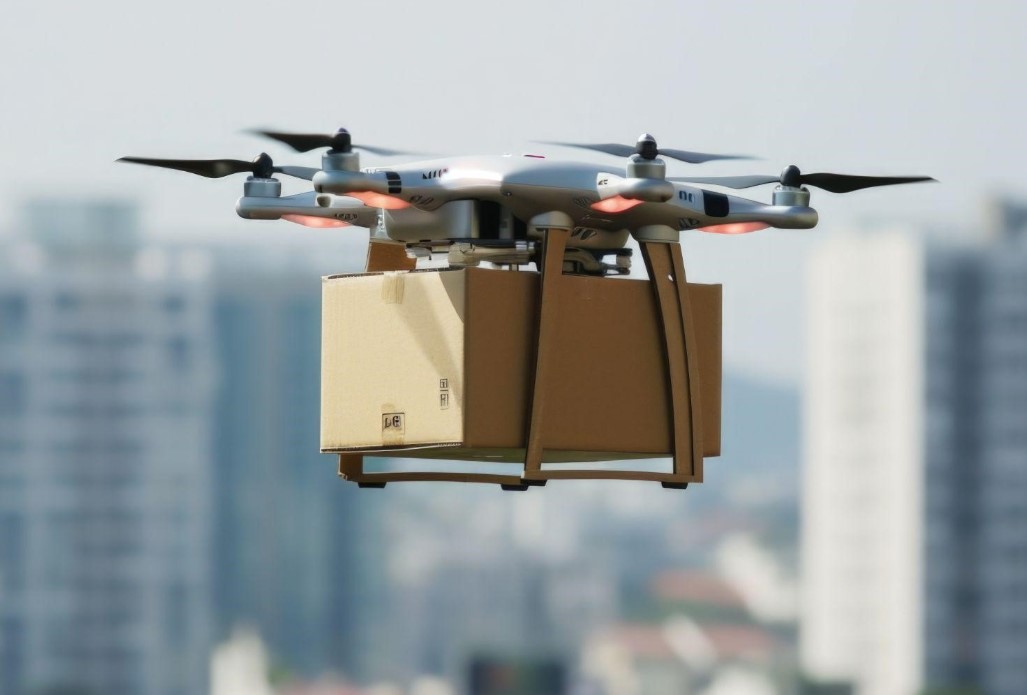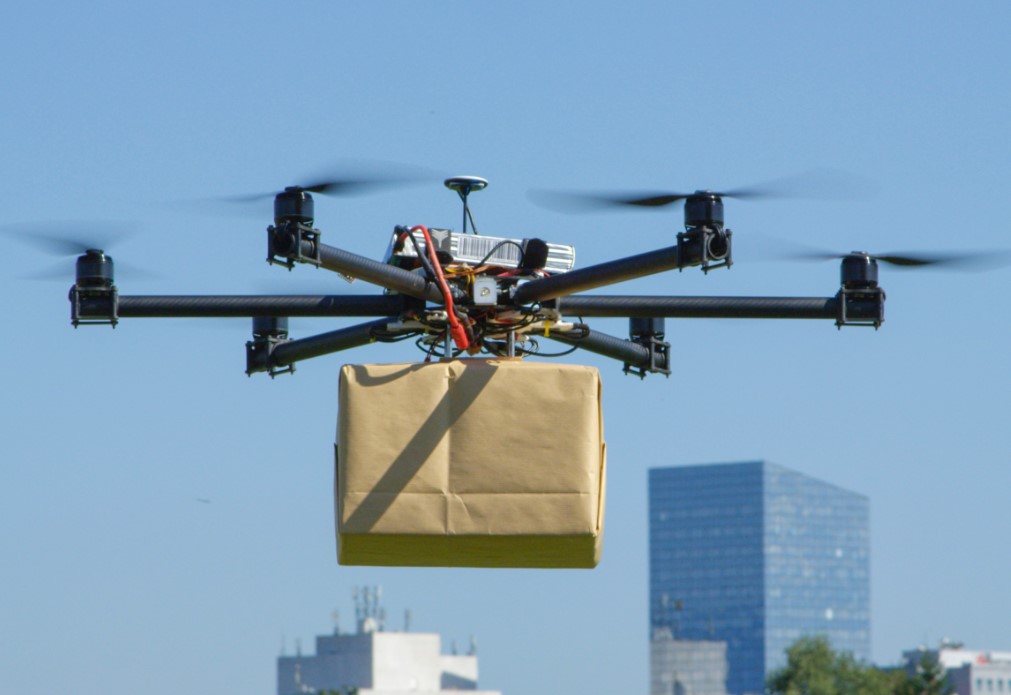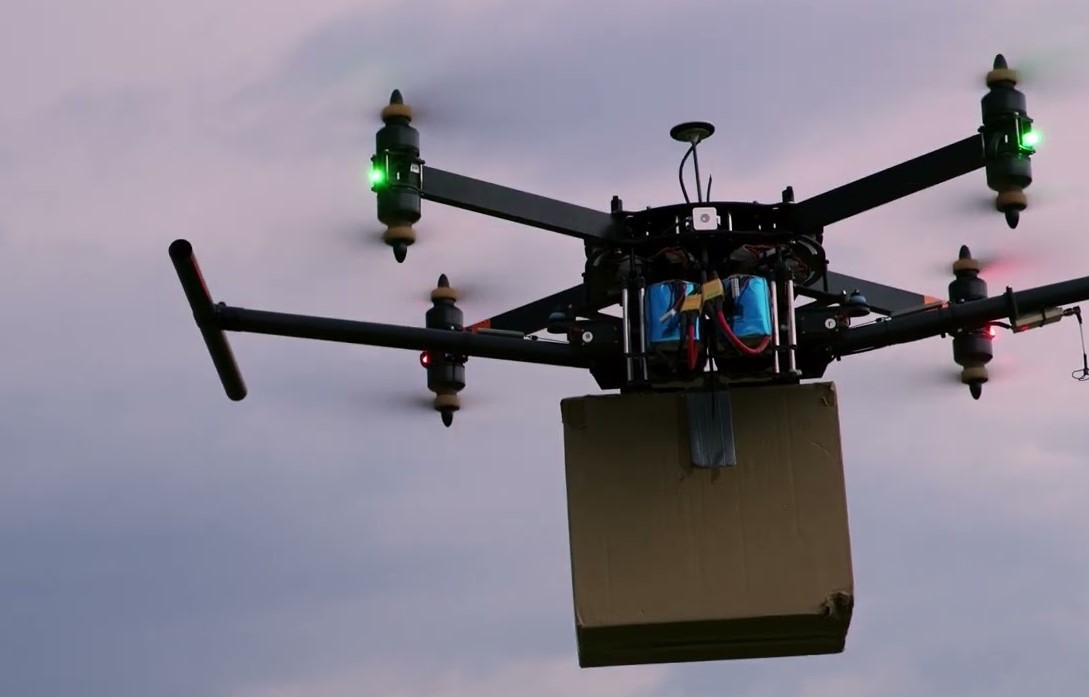Flying a drone in Canada has become an increasingly popular activity for both recreational and professional purposes. With drones offering unique opportunities for photography, surveying, and recreational fun, understanding the regulations surrounding their use is crucial. If you’re wondering, “Do you need a license to fly a drone in Canada?”, the short answer is yes, but the requirements depend on the drone’s weight and purpose. Transport Canada, the governing body overseeing drone operations, has specific rules and licensing requirements to ensure safe airspace usage.
This guide provides an in-depth look at Canadian drone regulations, the licensing process, and what drone pilots need to know to stay compliant. Whether you’re a hobbyist or a commercial operator, this comprehensive breakdown will ensure you’re flying legally and safely in Canada. Follow ftvbest.com !!!
Overview of Canadian Drone Regulations
Transport Canada regulates the use of drones in the country through the Canadian Aviation Regulations (CARs). In 2019, significant updates were made to standardize drone operations, ensuring public safety and airspace security. The regulations apply to drones weighing between 250 grams (0.55 lbs) and 25 kilograms (55 lbs).
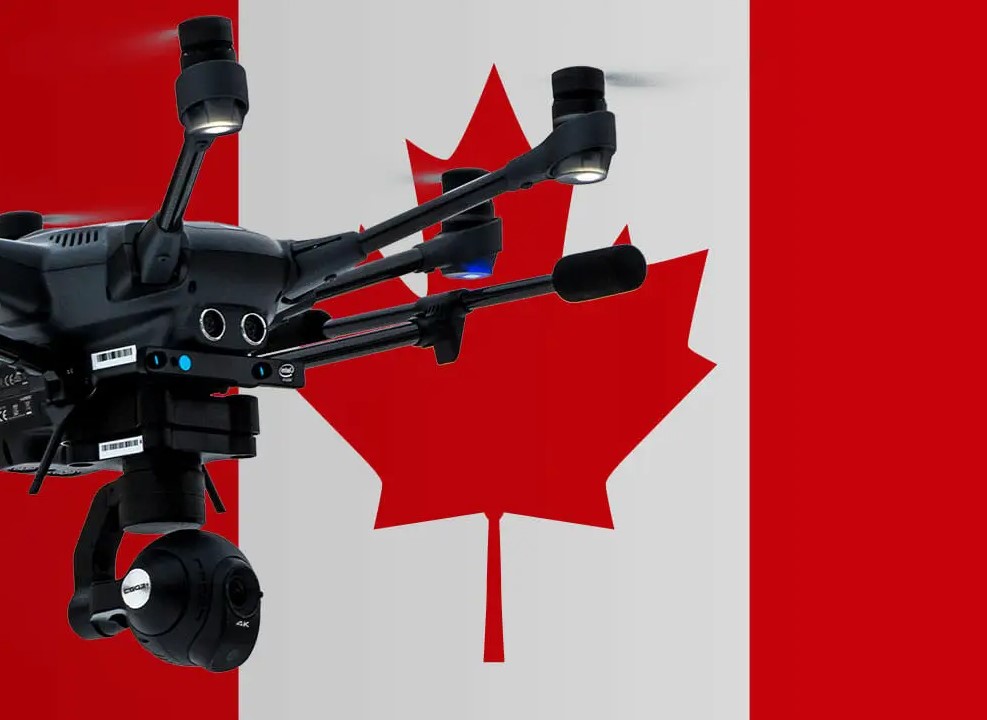
If your drone weighs less than 250 grams, you do not need a license, though you are still expected to follow basic safety guidelines. For drones over 25 kilograms or those used for complex operations, special approval is required from Transport Canada.
Drone operators must:
- Understand where they are permitted to fly.
- Obtain the necessary certifications.
- Follow the safety protocols set out by Transport Canada.
Failure to comply can result in severe fines or legal penalties, which underscores the importance of understanding the rules.
Do You Need a License to Fly a Drone in Canada?
The requirement for a license in Canada primarily depends on the purpose of your flight (recreational or commercial) and the weight of the drone. Below is a breakdown of when you need a drone license:
Recreational Drone Pilots
If you are flying a drone for fun or personal use, you will still need to meet licensing requirements if your drone weighs between 250 grams and 25 kilograms. Transport Canada has established two types of licenses for drone pilots:
- Basic Operations License
- Required for simple, low-risk drone operations.
- You must pass the Small Basic Exam, which consists of 35 multiple-choice questions with a passing score of 65%.
- Basic operations include flying:
- In uncontrolled airspace (Class G).
- More than 30 meters (100 feet) horizontally from bystanders.
- No closer than 3 nautical miles from airports or 1 nautical mile from heliports.
- Advanced Operations License
- Required for complex operations, such as flying:
- In controlled airspace.
- Closer than 30 meters (100 feet) to bystanders.
- Near airports or heliports.
- Over bystanders.
- You must pass the Small Advanced Exam and complete a flight review conducted by a certified reviewer.
- Required for complex operations, such as flying:
To summarize, if you’re flying recreationally, you will need either a Basic or Advanced License depending on where and how you plan to fly your drone.
>>> Click Is Drone Delivery Legal In Canada?
Commercial Drone Pilots
If you are using a drone for business purposes, such as aerial photography, surveying, or inspections, you will need a license regardless of the drone’s weight. Commercial operations often fall under the Advanced Operations category, requiring the Advanced License and additional steps like flight reviews.
Businesses and drone operators must also:
- Register their drones with Transport Canada.
- Have liability insurance for commercial flights.
- Follow detailed safety protocols to avoid penalties.
Basic vs advanced drone license Canada
The key differences between the Basic and Advanced drone licenses can be summarized as follows:
| Criteria | Basic License | Advanced License |
| Airspace | Uncontrolled airspace only (Class G) | Controlled and uncontrolled airspace |
| Distance from Bystanders | At least 30 meters (100 feet) | Closer than 30 meters or even over them |
| Proximity to Airports | Minimum 3 nautical miles from airports | Can operate near airports/heliports with authorization |
| Exam Requirements | Small Basic Exam (35 questions, 65% pass) | Small Advanced Exam (50 questions, 80% pass) + Flight Review |
| Flight Review | Not required | Required |
| Purpose | Recreational or simple operations | Complex or commercial operations |
In short, the Basic License allows for low-risk drone operations in less restricted areas, while the Advanced License provides greater flexibility for operating in controlled and complex environments.
How to Get a Drone License in Canada
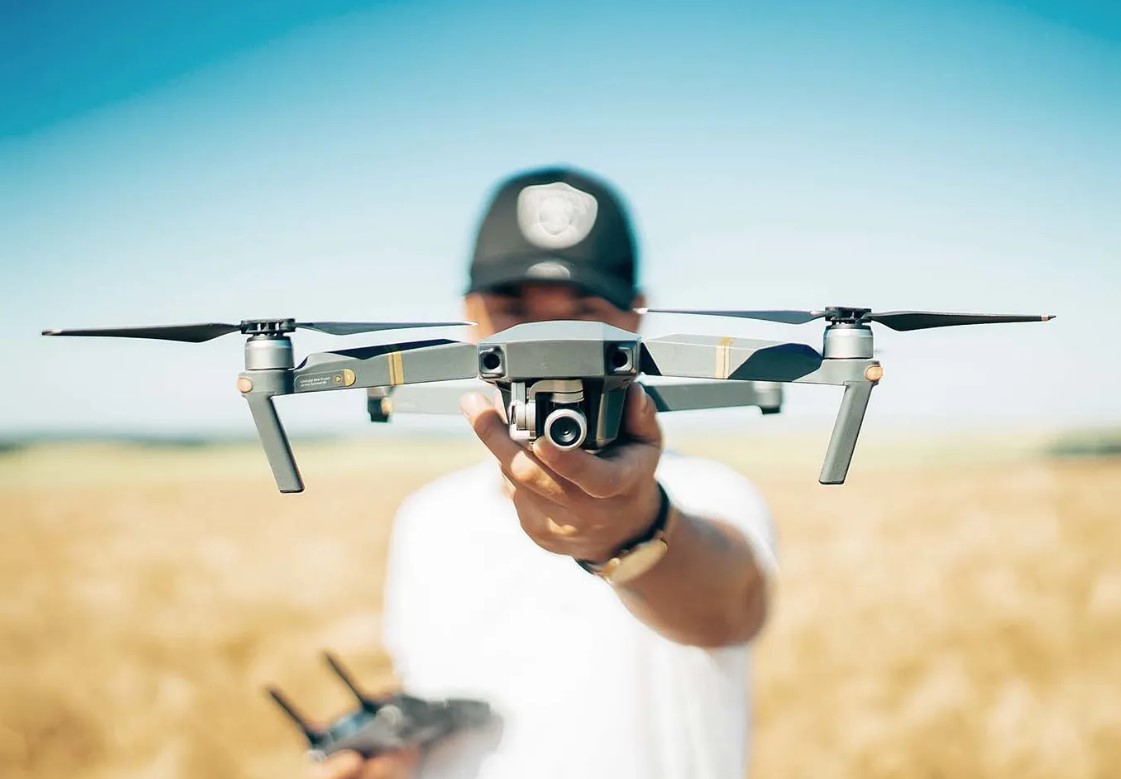
Obtaining a drone license in Canada is a straightforward process, provided you prepare and study adequately. Here’s a step-by-step guide:
Step 1: Study for the Drone Pilot Exam
- Transport Canada provides detailed resources and study guides for both the Basic and Advanced exams. Topics include:
- Airspace classifications.
- Weather and environmental conditions.
- Emergency procedures.
- Drone maintenance and operation.
Online training programs and courses are available to help you prepare effectively.
Step 2: Take the Online Exam
- Basic License Exam: This exam is online and consists of 35 multiple-choice questions. You need to score at least 65% to pass.
- Advanced License Exam: This exam is more complex and consists of 50 multiple-choice questions with a passing score of 80%.
Step 3: Flight Review (Advanced License Only)
If you are pursuing an Advanced Operations License, you must pass a flight review conducted by a Transport Canada-certified reviewer. This practical test evaluates your ability to operate a drone safely and handle emergency situations.
Step 4: Register Your Drone
Regardless of whether you have a Basic or Advanced License, all drones weighing between 250 grams and 25 kilograms must be registered with Transport Canada. Registration is done online, costs $5 CAD, and provides you with a unique registration number that must be displayed on your drone.
Step 5: Follow Ongoing Compliance Rules
Once licensed, you must:
- Carry proof of your certification while operating a drone.
- Fly only in designated airspace and avoid restricted zones.
- Maintain visual line of sight with your drone at all times.
Where Can You Fly a Drone in Canada?
Understanding airspace rules is critical to flying a drone legally in Canada. The following restrictions apply:
- No-Fly Zones: Areas near airports, military bases, national parks, and emergency scenes are strictly off-limits.
- Controlled Airspace: Requires an Advanced License and proper authorization.
- Uncontrolled Airspace: Permitted under the Basic License but must still comply with altitude and distance restrictions.
To simplify flight planning, Transport Canada recommends using NAV CANADA’s Drone Site Selection Tool, which identifies where you can fly safely and legally.
>>> Read More: Is Drone Delivery Legal in India?
Penalties for Non-Compliance
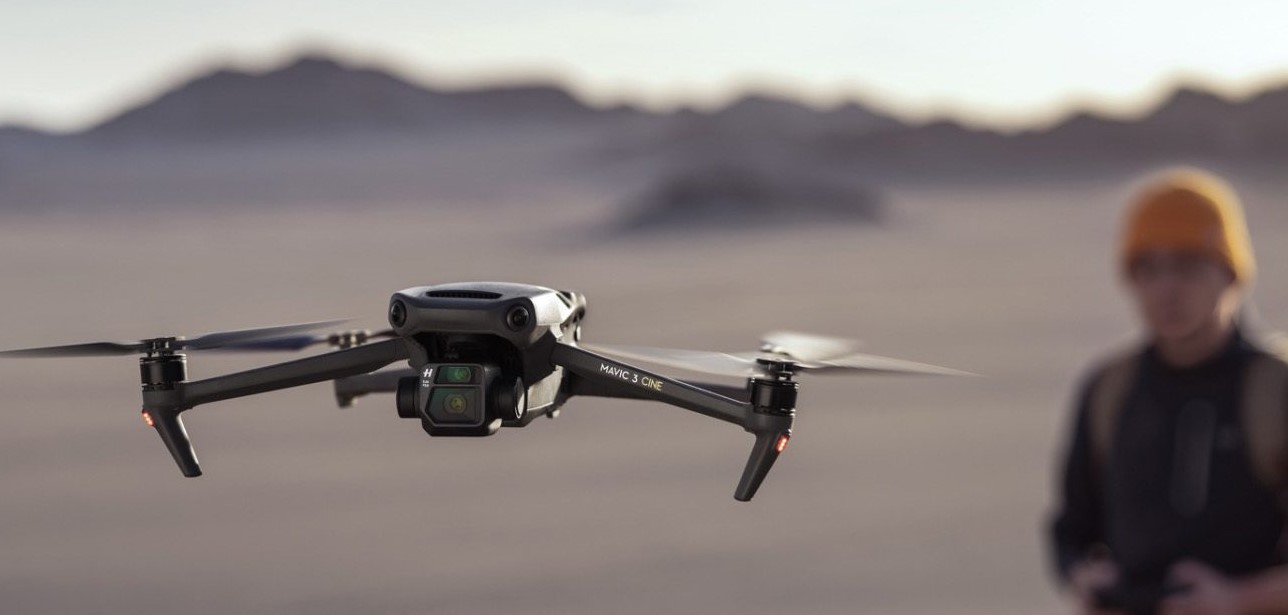
Flying a drone without the appropriate license or disregarding safety regulations can result in severe penalties:
- Fines of up to $1,000 CAD for recreational pilots and $5,000 CAD for commercial operators.
- Larger fines for endangering aircraft or people, ranging up to $25,000 CAD.
- Potential criminal charges in serious cases.
To avoid these consequences, drone pilots must adhere to all regulations set by Transport Canada.
Conclusion: Ensuring Safe and Legal Drone Flights
So, do you need a license to fly a drone in Canada? The answer is a resounding yes for drones weighing between 250 grams and 25 kilograms. Whether you’re flying recreationally or commercially, obtaining the appropriate certification ensures you are compliant with Transport Canada’s regulations.
By understanding the licensing process, airspace rules, and safety requirements, drone pilots can enjoy this exciting hobby or profession while protecting public safety. Proper preparation, including studying for the necessary exams and registering your drone, will help you navigate the legal requirements seamlessly.
